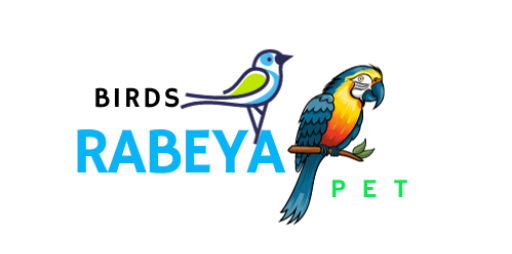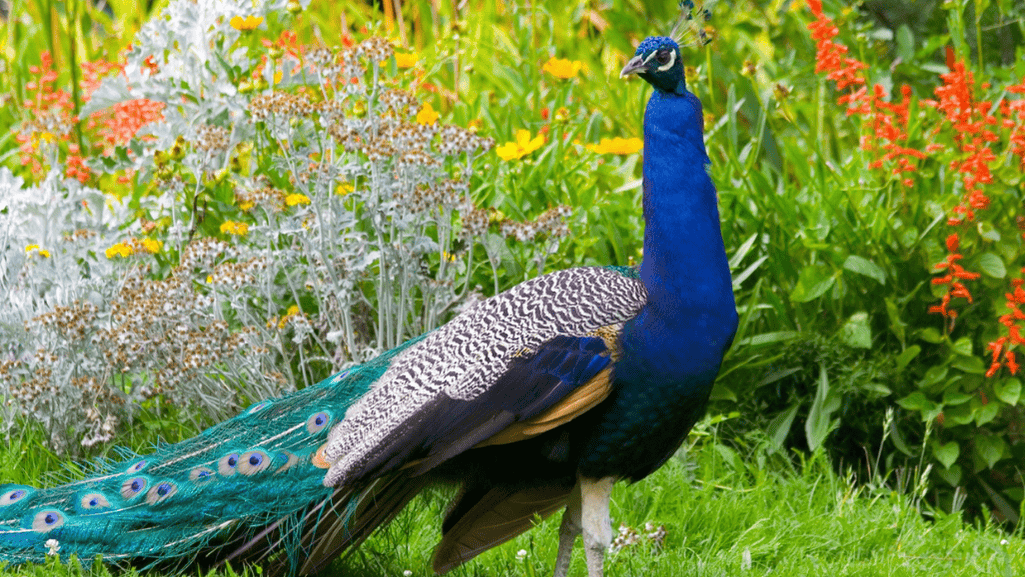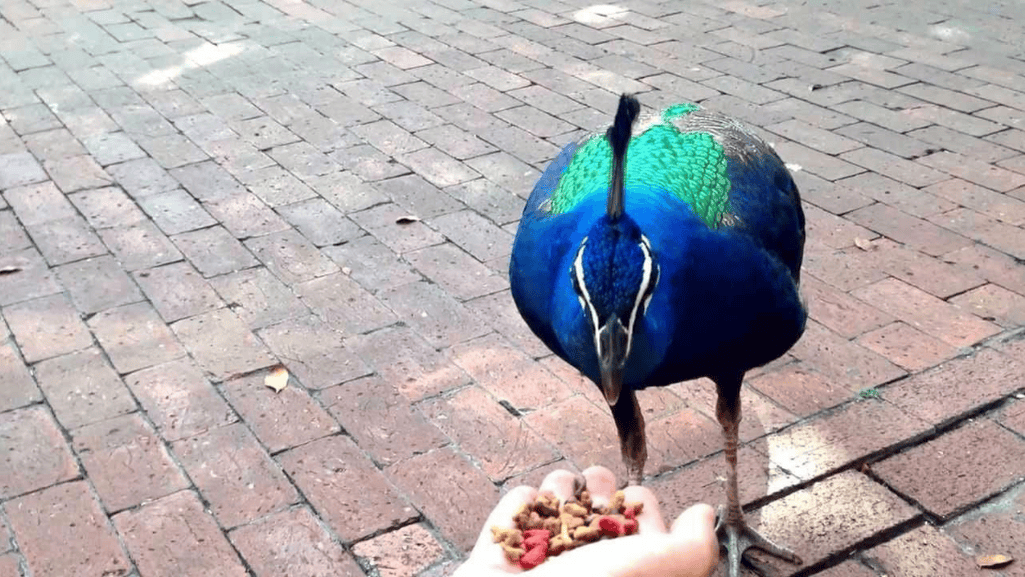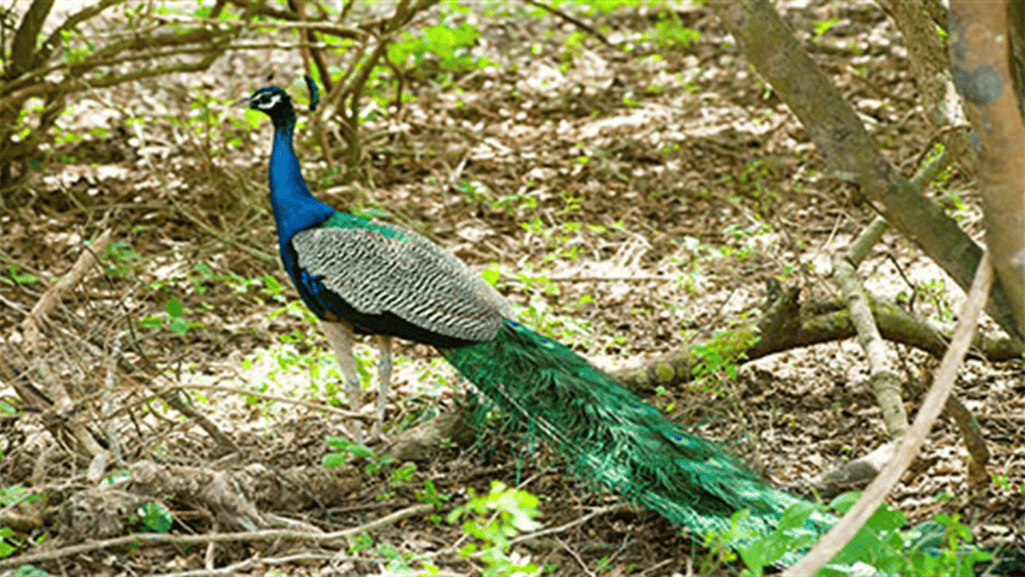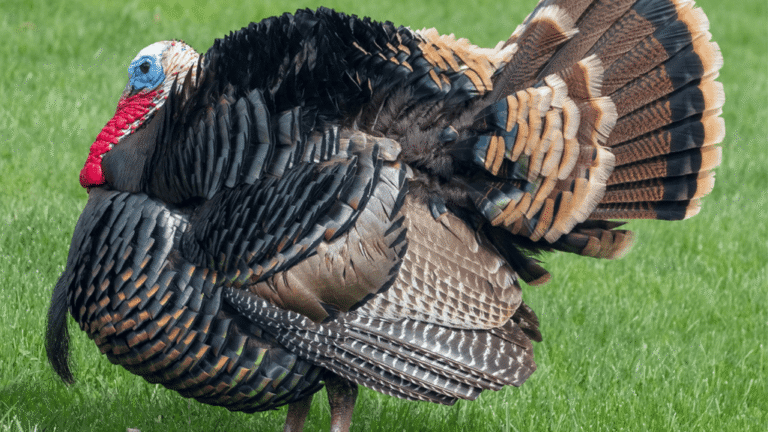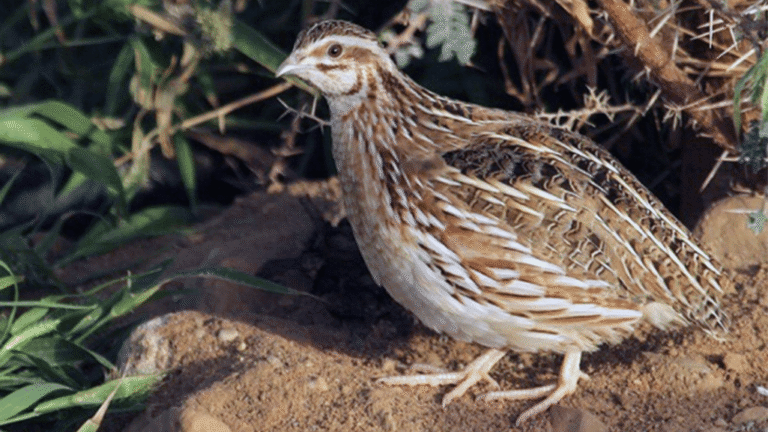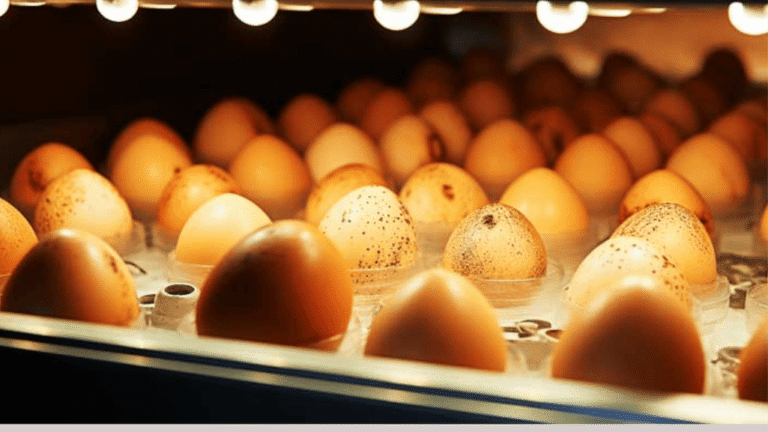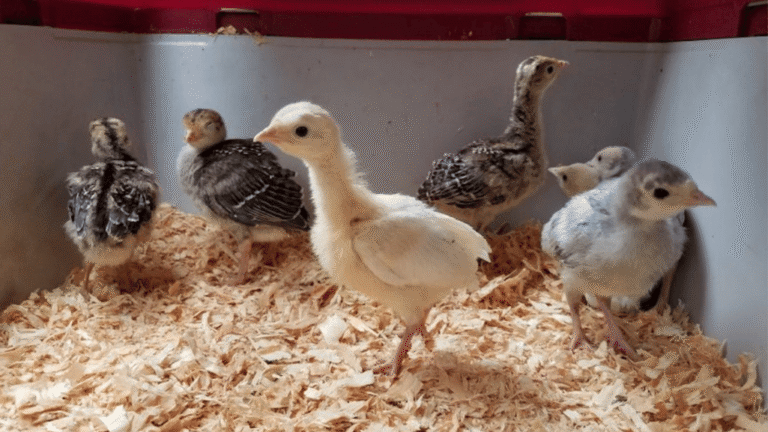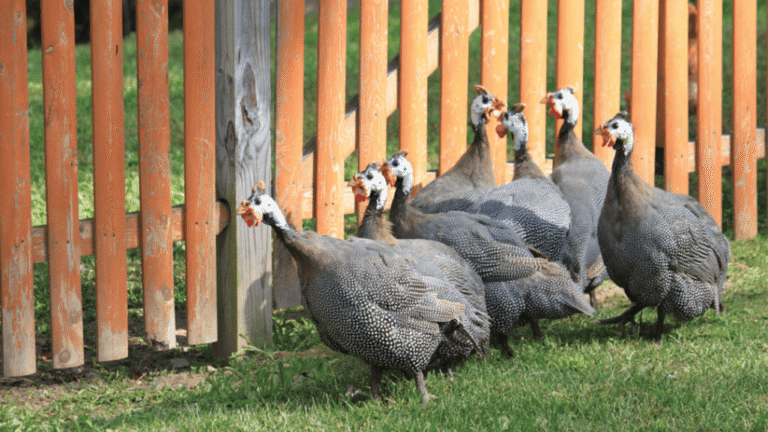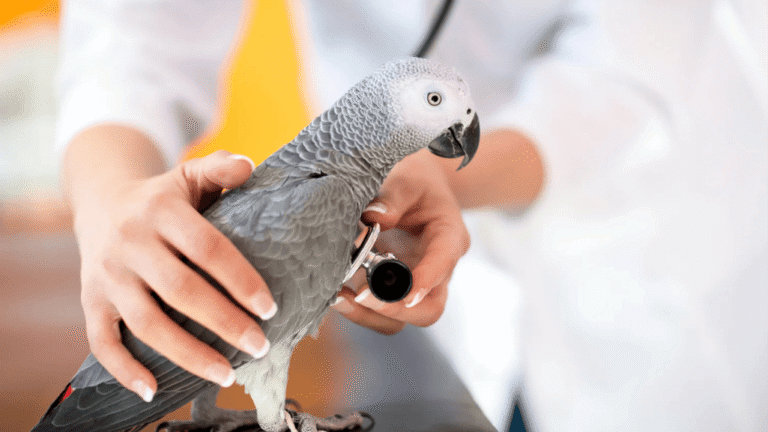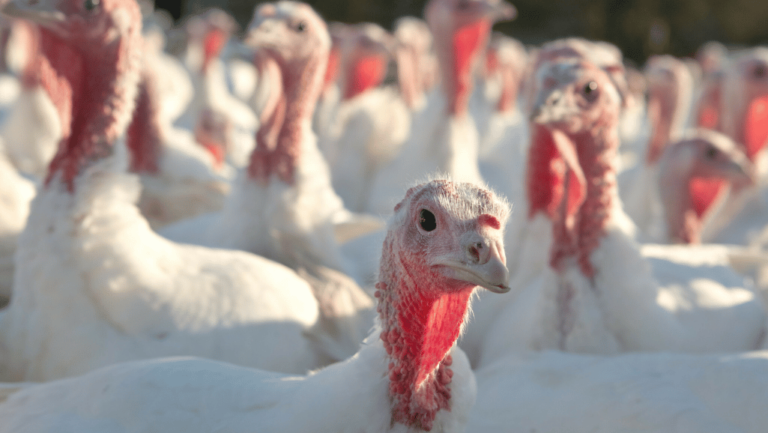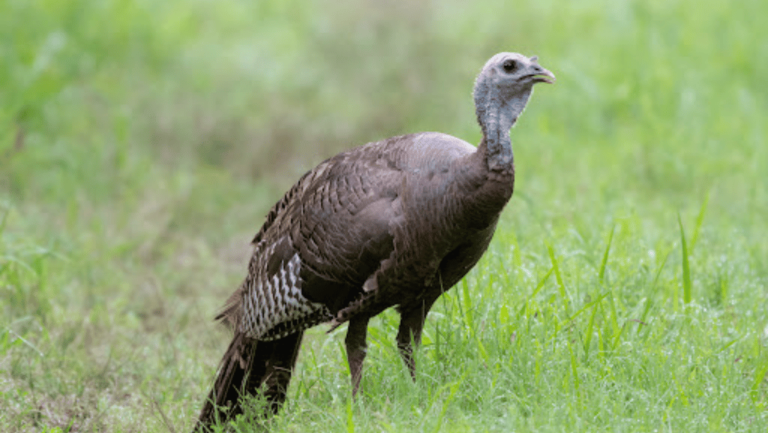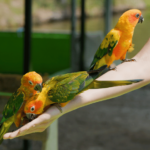Peafowl, also known as male peacocks and female peahens, can be delightful to observe in their natural habitat. However, when they become non-native species in residential areas, they can cause disruption and damage. To ensure a harmonious coexistence with these magnificent creatures, it is important to understand how to prevent peafowl pests and employ effectivePreventing Peafowl Pests strategies.
While peafowl are protected by cruelty laws, they are not protected by Federal laws, which means that responsible peafowl management falls into the hands of local communities. Many cities have enacted ordinances for peafowl management, but ultimately, responsible behavior and neighborhood cooperation are essential for effective peafowl nuisance management.
Key Takeaways
- Understand local ordinances and regulations regarding peafowl management in your area.
- Responsible behavior and cooperation among neighbors are crucial for effective peafowl pest prevention.
- Peafowl behavior and mating season can impact the level of nuisance they may cause.
- Minimize the impact of peafowl by avoiding feeding them and maintaining a natural diet.
- Employing effective peafowl deterrents and exclusion methods can help protect your property.
Understanding Peafowl Behavior and Mating Season
Peafowl are fascinating creatures with unique behaviors that are important to understand, especially during their mating season. These beautiful birds are omnivores, foraging for food primarily during the early morning and evening hours. They have a diverse diet that includes plant parts, insects, reptiles, and amphibians.
However, it is during the mating season when peafowl behavior becomes particularly intriguing. Male peacocks go through a stunning transformation as they grow their vibrant train feathers, displaying them in a captivating dance to attract female peahens. This courtship display is truly a sight to behold, showcasing the peacock’s individuality and beauty.
Mating Season: Noise, Aggression, and Territorial Behavior
Mating season is a time of increased activity for peafowl. It is characterized by amplified noise, as male peacocks vocalize through their distinctive and loud calls to gain the attention of female peahens.
Aggression is also common during the mating season, as males compete for the favor of the females. They may engage in confrontations, utilizing their powerful beaks and sharp spurs. This aggression and territorial behavior can sometimes lead to conflicts among peafowl, as they establish and defend their mating territories.
Peahen Parenthood: Egg Laying and Incubation
Once the courtship is successful, female peahens select suitable nesting spots and lay their eggs. Peahens typically lay a clutch of 3-8 eggs. They then assume the responsibility of incubation, keeping the eggs warm for a period of 28-30 days.
During this incubation period, the peahens demonstrate their nurturing instincts and dedication to their offspring. They carefully tend to the eggs, protecting them from potential threats and ensuring optimal conditions for the development of the chicks.
Mating Season Timing: Early Spring to Early Summer
Mating season for peafowl typically occurs in early spring to early summer, varying slightly depending on the geographic location and climate. During this time, the vibrant displays and energetic behaviors of the birds become more prominent, creating a fascinating spectacle for observers.
It is important to appreciate and respect the natural rhythms and behaviors of peafowl during the mating season. By understanding their behavior and the significance of this period, we can better coexist with these majestic birds in our shared environments.
Living with Peafowl: Feeding and Population Control
Living in an area where wild peafowl roam can be a unique experience. However, it is important to understand the importance of responsible behavior and population control to ensure a harmonious coexistence with these beautiful creatures. Feeding wild peafowl, although tempting, can have unintended consequences on their population and create a nuisance for the neighborhood.
It is best to let peafowl forage for food on their own and maintain a natural diet. Feeding them can alter their eating patterns and cause dependency, leading to an increase in their population. Additionally, a surplus of food can attract more peafowl to the area, exacerbating the problem.
Some cities have recognized the potential issues and enacted ordinances prohibiting the feeding of wild peafowl. These regulations are put in place to maintain population control and prevent the overpopulation of these birds. By abiding by these laws, we can ensure the well-being of the peafowl and minimize any disturbances they may cause.
Although it may seem like a quick fix, methods such as “catch and kill” or “catch and relocate” do not provide long-term population control. The sequel follows a comprehensive approach that focuses on responsible behavior and cooperation among neighbors.
“Feeding wild peafowl is discouraged as it can contribute to an increase in population and create a neighborhood nuisance.”
Responsible Behavior and Cooperation: Key Factors for Peafowl Population Control
To effectively control the peafowl population in your area, responsible behavior and cooperation among neighbors are essential. By working together, we can minimize the impact of peafowl and foster a peaceful neighborhood environment.
- Do not feed wild peafowl: Avoid providing food that may attract peafowl to your property. Letting them forage for food on their own helps maintain a balanced population.
- Inform your neighbors: Educate those around you about the importance of responsible behavior and population control. Encourage them to refrain from feeding peafowl and adhere to any local ordinances in place.
- Report sightings and issues: If you notice an increase in peafowl population or specific disturbances caused by them, report it to local authorities or animal control. They can provide guidance and support in managing the situation.
By following these guidelines and promoting responsible behavior, we can contribute to the sustainable coexistence of wild peafowl within our communities. Together, we can maintain a healthy balance and minimize any negative impacts caused by an unchecked peafowl population.
Overview of Peafowl Population Control Methods
Take a look at the table below for an overview of various peafowl population control methods:
| Method | Effectiveness | Long-Term Control |
|---|---|---|
| “Catch and kill” or “catch and relocate” | Immediate reduction | No |
| Ordinances prohibiting feeding | Moderate | Yes |
| Responsible behavior and cooperation | Moderate | Yes |
| Professional peafowl removal services | High | Yes |
Note: While “catch and kill” or “catch and relocate” methods may provide short-term relief, they are not effective in achieving long-term population control. Responsible behavior and cooperation among neighbors, along with professional peafowl removal services, offer more sustainable solutions.
Peafowl Deterrents and Exclusion Methods
To effectively deter peafowl from your property, it is essential to employ various peafowl-proofing techniques and exclusion methods. These strategies can help minimize the nuisance caused by peafowl and prevent potential damage to your property.
1. Use Animal Repellents
Animal repellents can be an effective way to deter peafowl from your property. These repellents often have strong scents or tastes that peafowl find unpleasant. Consider using commercially available repellents or natural options such as moth balls, red pepper flakes, or vinegar.
2. Install Motion-Sensor Sprinklers
Another method to deter peafowl from your property is by installing motion-sensor sprinklers. These sprinklers detect movement and spray a burst of water, surprising and discouraging peafowl from coming near your property.
3. Remove or Cover Food Sources
Peafowl are attracted to food sources in your yard. To deter them, ensure there are no easily accessible food sources such as bird feeders or fallen fruits. Covering trash cans and securing compost bins can also help eliminate potential food sources.
4. Trim Tree Limbs
Peafowl are excellent flyers and can perch on tree branches. To prevent them from accessing your property, regularly trim tree limbs near your house or areas you want to protect. This will limit their ability to land on your property and explore potential nesting sites.
5. Avoid Reflective Surfaces
Peafowl are often attracted to their own reflection, mistaking it for another bird. To prevent them from approaching and causing damage, cover reflective surfaces such as windows, glass doors, and vehicles with non-reflective materials or curtains.
6. Fence off Young Plants and Gardens
If you have young plants or a garden, consider installing fencing to protect them from peafowl. Use sturdy materials to create a barrier that restricts access to vulnerable areas. Alternatively, covering gardens with gravel or rocks can also prevent peafowl from causing damage.
7. Landscape with Peafowl-Disliked Plants
Peafowl have preferences for certain plant types and may avoid areas with unappealing vegetation. Landscaping your property with plants that peafowl dislike, such as prickly bushes or shrubs, can discourage them from entering your property and causing potential damage.
Implementing a combination of these peafowl deterrence and exclusion methods can significantly reduce the presence of peafowl on your property and protect your surroundings from potential damage.
Peafowl Regulation in San Antonio
In San Antonio, specific regulations have been put in place to govern the management of peafowl in residential areas. These regulations aim to ensure the well-being of both the peafowl and the community. Understanding and adhering to these regulations is crucial for maintaining a harmonious coexistence.
Key Peafowl Regulations in San Antonio:
- Abuse: It is unlawful to abuse peafowl, including any form of mistreatment or cruel behavior towards them.
- Trapping: The use of inhuman traps or keeping peafowl in traps without proper care is prohibited.
- Sale: Selling peafowl in certain public places is strictly prohibited.
- Feeding: Feeding wild peafowl is allowed but not actively encouraged due to the potential for population increase and neighborhood nuisance.
- Private Property: Trapping and removing peafowl from private property is lawful, but it should be done by licensed professionals to ensure their safe removal.
- Hunting: Hunting peafowl requires a valid license and the explicit permission of the property owner.
These regulations serve to protect the welfare of peafowl and maintain a balance between the natural environment and residential areas in San Antonio. It is essential for residents and visitors to familiarize themselves with these regulations and act responsibly in their interactions with peafowl.
| Regulation | Summary |
|---|---|
| Abuse | It is unlawful to mistreat or engage in cruel behavior towards peafowl. |
| Trapping | Inhuman traps or keeping peafowl in traps without proper care is prohibited. |
| Sale | Peafowl cannot be sold in certain public places. |
| Feeding | Feeding wild peafowl is allowed but not actively encouraged. |
| Private Property | Trapping and removal from private property should be done by licensed professionals. |
| Hunting | A valid license and permission from the property owner are required for peafowl hunting. |
By adhering to these regulations, residents and visitors can contribute to the responsible management of peafowl populations and foster a positive relationship with these magnificent birds in San Antonio.
Dealing with Peacocks in the Garden: Personal Experience
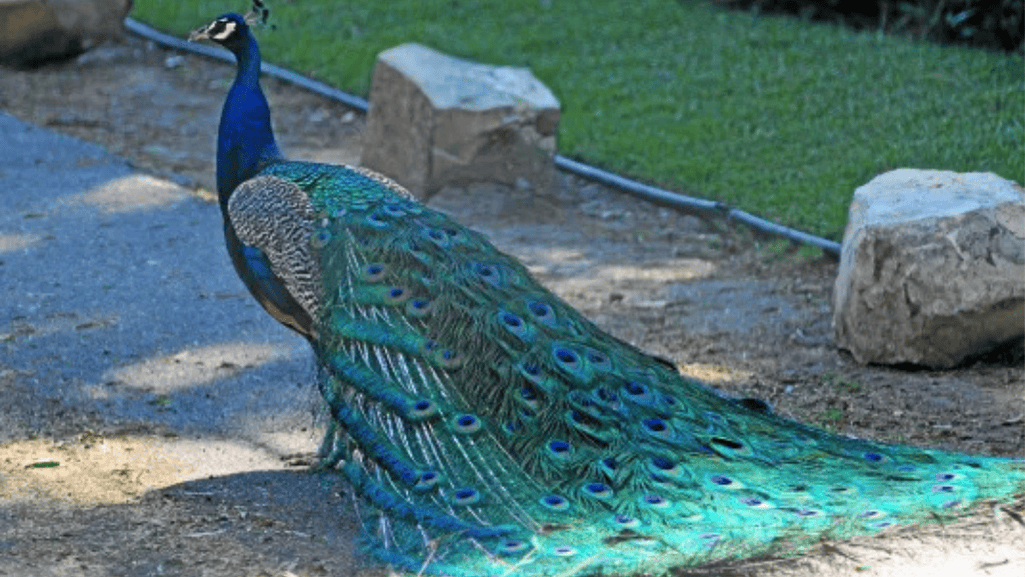 Dealing with peacocks in the garden can be a challenging and frustrating experience. The beautiful plumage of these birds conceals their potential for causing significant damage to gardens and crops. In my personal experience, I have encountered numerous difficulties in deterring peacocks and protecting my garden from their destructive behavior. I experimented with various peacock deterrent strategies, but it was only through trial and error that I discovered the most effective solution: bird netting.
Dealing with peacocks in the garden can be a challenging and frustrating experience. The beautiful plumage of these birds conceals their potential for causing significant damage to gardens and crops. In my personal experience, I have encountered numerous difficulties in deterring peacocks and protecting my garden from their destructive behavior. I experimented with various peacock deterrent strategies, but it was only through trial and error that I discovered the most effective solution: bird netting.
Initially, I attempted using party flags and other visual deterrents to scare away the peacocks. However, these methods had limited success. The birds seemed undeterred and continued to roam freely in my garden, causing havoc and devastating my crops. I then turned to more aggressive measures such as pepper spray and even vinegar, hoping that the strong odors would discourage the peacocks. Unfortunately, these methods proved ineffective in deterring their persistent presence.
Taking further inspiration from pest control techniques, I tried using pigeon spikes to discourage the peacocks from perching on nearby structures and gaining access to my garden. While the spikes did dissuade the birds from landing, they were still able to reach my crops by entering from different angles. It became evident that a more comprehensive solution was necessary to protect my garden from peacock damage.
The Bird Netting Solution
After extensive research and consultation with fellow gardeners, I decided to try bird netting as a means of safeguarding my crops from peacock intrusion. Bird netting is a durable and lightweight mesh that forms a barrier, preventing birds from accessing plants and causing damage. I opted for a fine mesh size that would effectively thwart the peacocks’ attempts to reach my crops.
| Material | Mesh Size | Dimensions | Price |
|---|---|---|---|
| Nylon | 0.75″ x 0.75″ | 25′ x 50′ | $39.99 |
| Polyethylene | 1″ x 1″ | 50′ x 50′ | $79.99 |
| Polypropylene | 0.5″ x 0.5″ | 100′ x 100′ | $129.99 |
After installing the bird netting over my garden, I noticed immediate results. The peacocks were unable to penetrate the barrier, preventing them from creating damage or feasting on my crops. The netting allowed sunlight and rain to reach the plants while effectively excluding the peacocks.
The affordability and ease of installation of bird netting were additional advantages. With a range of sizes and materials available on the market, it was possible to find a suitable option to fit my garden’s dimensions and specific needs.
By incorporating bird netting into my garden management strategy, I have successfully protected my crops from peacock damage. It is crucial to remember that peacocks, like many other wildlife species, are simply following their natural instincts. Through responsible and proactive measures, such as the use of bird netting, we can coexist peacefully with these magnificent birds while safeguarding our gardens.
Professional Peafowl Removal Services
If you are dealing with a severe peafowl problem on your property, it is crucial to seek professional help for effective removal and control. At Trutech, we understand the challenges and frustrations that come with peacock nuisances. Our team of licensed specialists has the expertise, tools, and knowledge to safely and humanely conduct peafowl removal.
When it comes to peacock control, it is essential to prioritize the safety of your family and property. Our experts are trained to handle peafowl removal in a responsible manner, adhering to ethical wildlife removal practices. We aim to create a peaceful environment for you and your neighborhood, ensuring both immediate relief and long-term solutions.
Trutech offers comprehensive wildlife removal services, including professional peafowl removal. Our specialists will conduct an assessment of your property to understand the extent of the peafowl infestation and the best course of action. We utilize a range of proven techniques and strategies to safely remove peafowl from your premises.
With Trutech, you can expect:
- Experienced and licensed specialists
- Safe and humane peafowl removal methods
- Customized solutions tailored to your specific peacock control needs
- Evidence-based strategies to prevent future peafowl infestations
- Professional guidance and advice on peafowl management
Our goal is to provide you with a peafowl-free environment, allowing you to enjoy your property without the disruption and damage caused by these beautiful yet troublesome birds. Trust Trutech for reliable and effective peafowl removal services.
Testimonial from a Satisfied Customer:
“I was at my wit’s end dealing with the peafowl invasion on my property. They were causing damage to my gardens and creating a disturbance with their constant noise. Thankfully, Trutech came to the rescue. Their specialists efficiently removed the peafowl and shared valuable tips on peacock control. I’m grateful for their professional service and the peace of mind they’ve restored.”
Conclusion
Preventing peafowl pests requires a combination of responsible behavior, education, and effective deterrent strategies. By understanding peafowl behavior, mating seasons, and population control, homeowners can effectively manage and reduce the impact of these beautiful but sometimes troublesome birds on residential areas.
Implementing deterrents such as animal repellents, fencing, and bird netting can significantly help in preventing peacock damage to gardens and property. These measures create barriers that prevent peafowl from accessing the areas they would normally target. Minimizing their presence and access to food sources can greatly reduce the chances of peafowl causing damage and becoming a nuisance.
In severe cases where the peafowl problem persists despite other efforts, seeking professional removal services, such as those offered by Trutech, can ensure a safe and peaceful environment. These licensed specialists have the knowledge, tools, and expertise to conduct peafowl removal in a humane and efficient manner, prioritizing the safety of your family and property.
By being proactive and implementing these strategies, homeowners can effectively prevent and manage peafowl pests, creating a harmonious coexistence with these magnificent birds.
FAQ
Are peafowl protected by Federal laws?
No, peafowl are not protected by Federal laws, but they may be protected by cruelty laws.
What do peafowl eat?
Peafowl are omnivores and primarily eat plant parts, insects, reptiles, and amphibians.
When does mating season for peafowl occur?
Mating season for peafowl typically occurs in early spring to early summer.
Is it advisable to feed wild peafowl?
Feeding wild peafowl is discouraged as it can contribute to an increase in population and create a neighborhood nuisance.
What are some effective deterrents to keep peafowl away?
Animal repellents, moth balls, red pepper flakes, motion-sensor sprinklers, and bird netting can be effective deterrents to keep peafowl away.
What are the regulations regarding peafowl in San Antonio?
In San Antonio, it is unlawful to abuse peafowl or use inhuman traps. Feeding wild peafowl is allowed but not encouraged. Trapping and removing peafowl from private property is lawful but should be done by licensed professionals.
What is the best method to protect a garden from peacock damage?
Bird netting is an effective method to protect crops and gardens from peacock damage.
Where can I find professional help for peafowl removal?
Trutech offers licensed specialists who can safely and humanely conduct peacock removal to ensure a peaceful environment.
What is the key to preventing peafowl pests?
Preventing peafowl pests requires responsible behavior, education, and effective deterrent strategies such as animal repellents, fencing, and bird netting.
